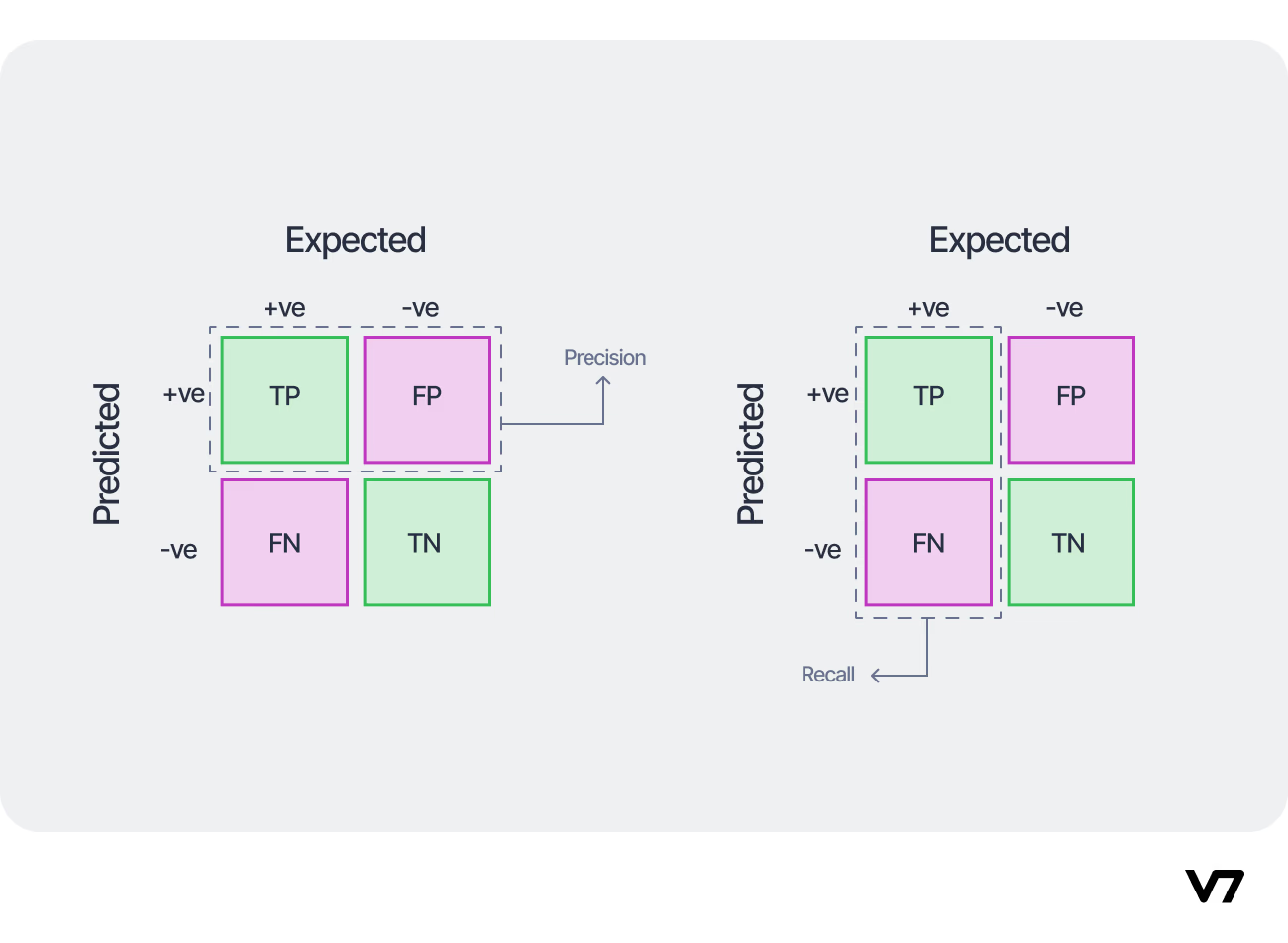Introduction
When we talk about measuring the effectiveness of a system, especially in machine learning or information retrieval, two terms often pop up: precision and recall. These concepts might sound technical at first, but they’re actually quite simple once you break them down. Imagine you’re searching for your favorite songs in a massive music library. Precision tells you how many of the songs you found are actually the ones you wanted, while recall measures how many of all your favorite songs in the library you successfully discovered. Together, they give a clear picture of how accurate and comprehensive a system is. By understanding and balancing these two metrics, we can make smarter decisions, whether we’re filtering spam emails, recommending movies, or detecting fraud.
Precision and recall are not just numbers they reflect the real-world impact of our systems. High precision ensures fewer mistakes, while high recall ensures we don’t miss anything important. Striking the right balance can dramatically improve outcomes in search engines, AI models, and data-driven decision-making.
How Precision Works: Focusing on Accuracy
Precision is all about being correct when you make a prediction. In other words, it answers the question: Of all the items my system identified as positive, how many were truly positive?
For example, consider an email spam filter. If the system flags ten emails as spam but only seven of them actually are, the precision is 70%. High precision is crucial when false positives are costly. Imagine your filter accidentally marking important work emails as spam—this could create big problems.
By understanding precision, developers can tune systems to reduce errors and improve user trust. It’s like aiming carefully before you shoot; hitting the right target matters more than hitting many targets.
How Recall Works: Capturing Everything Important
Recall measures completeness. It answers: Of all the truly positive items, how many did my system successfully find?
Using the spam email example again, if there are 20 spam emails and your system catches 15, the recall is 75%. High recall is essential when missing an item could be problematic. For instance, in medical diagnoses, failing to detect a disease could be life-threatening.
Recall helps ensure that no important information slips through the cracks. It’s like casting a wide net in fishing: you want to catch as many fish as possible without leaving any behind. Balancing recall with precision is the key to effective systems.
The Precision-Recall Tradeoff
One of the most interesting aspects of these metrics is their tradeoff. Improving precision often reduces recall, and vice versa.
For example, making a spam filter stricter will increase precision (fewer good emails get flagged), but it may decrease recall (some spam emails slip through). On the other hand, making it more lenient boosts recall but lowers precision. Understanding this balance is crucial for real-world applications.
By analyzing both metrics together, we can adjust systems to meet specific needs, whether prioritizing accuracy or completeness.
Real-World Applications of Precision and Recall
Precision and recall are everywhere, even if we don’t notice. In search engines, they help deliver relevant results. In healthcare, they assist in accurate disease detection. In fraud detection, they prevent financial losses.
Consider Netflix recommendations: high precision ensures the suggested movies match your taste, while high recall ensures you see all movies you might enjoy. These metrics shape experiences in ways we often take for granted.
F1 Score: Balancing Precision and Recall
The F1 score is a metric that combines precision and recall into a single number. It’s especially useful when you need to balance both, giving equal weight to accuracy and completeness.
The formula is simple:
F1 Score = 2 × (Precision × Recall) / (Precision + Recall)
High F1 scores indicate a system that is both accurate and comprehensive a sweet spot for many applications.
Common Misunderstandings About Precision and Recall
Many people confuse precision with recall, but they are fundamentally different. Precision focuses on quality, recall on quantity. Another misconception is that higher numbers are always better. The ideal values depend on context and goals.
Being aware of these nuances prevents misinterpretation and helps teams optimize systems effectively.
Improving Precision in Your System
To boost precision, you can:
- Tighten criteria for positive predictions.
- Use more accurate models or algorithms.
- Filter results to reduce false positives.
Improving precision enhances trust and reduces errors, which is crucial in sensitive areas like finance or healthcare.
Improving Recall in Your System
To increase recall, you can:
- Broaden criteria to capture more positives.
- Combine multiple detection methods.
- Use comprehensive datasets for training.
High recall ensures nothing important is missed, making it vital for critical applications like security systems or disease detection.
Precision and Recall in Machine Learning
In machine learning, precision and recall guide model evaluation. They help assess how well a model identifies the right instances without producing too many mistakes.
For example, in image recognition, a system with high precision correctly labels objects, while high recall ensures all objects are detected. Evaluating these metrics helps developers fine-tune models for optimal performance.
Tools and Techniques for Measuring Precision and Recall
There are many tools and frameworks to measure these metrics, including Python libraries like scikit-learn. Visualizations like precision-recall curves also help understand system behavior and improve decision-making.
Regular monitoring of these metrics ensures systems remain effective as data changes over time.
FAQs
1. What is the difference between precision and recall?
Precision measures correctness, recall measures completeness. Together, they show overall system performance.
2. Can a system have high precision and high recall?
Yes, but it’s challenging. The F1 score helps evaluate a balance between the two.
3. Why is recall important in healthcare?
Missing critical cases can be life-threatening, so high recall ensures all relevant cases are detected.
4. How do I improve precision without hurting recall?
Careful tuning, better models, and data quality improvements help maintain balance.
5. What is a precision-recall curve?
It’s a graph that visualizes the tradeoff between precision and recall at different thresholds.
6. Are precision and recall only for machine learning?
No, they apply to any system where accurate detection or classification matters, like search engines or fraud detection.
Conclusion: Mastering Precision and Recall for Smarter Systems
Precision and recall are more than technical metrics they’re powerful tools for improving decision-making and system performance. By understanding, measuring, and balancing these metrics, you can build systems that are both accurate and comprehensive. Whether in AI, healthcare, or everyday apps, mastering these concepts ensures smarter, more reliable outcomes. Start analyzing your systems today and see the difference precision and recall can make!









